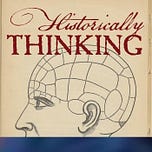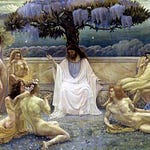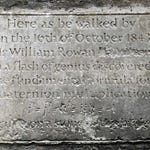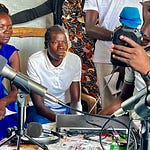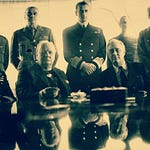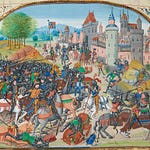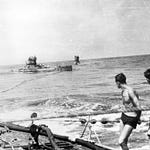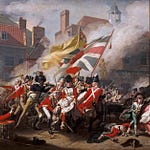Originally published on August 20, 2025 (Episode 421)
Introduction
Amanda Roper is a public historian who has spent her career working to preserve historic places and share traditionally underrepresented stories from America’s past. She has been Director of the Lee-Fendall House Museum and Senior Manager of Public Programs & Interpretation at Woodlawn & Pope-Leighey House, both in Alexandria, Virginia.
In 2018, Amanda was recognized by the National Trust for Historic Preservation on their list of National Trust for Historic Preservation’s 40 Under 40: People Saving Places for her significant impact on historic preservation and her contributions to the public’s understanding of why places matter.
At each site, Amanda has sought to bring visitors into conversation with the past, not simply lecture them about it.
“A good interpreter doesn’t just tell you history—they listen for it. If people leave still talking to each other about what they saw and heard, that’s success.”
She is currently researching and writing a book about the history of women in preservation, and is a 2025–2026 Research Fellow at the George Washington Presidential Library at Mount Vernon. And, she has been listening to Historically Thinking for a surprisingly long time—or so she claims.
For Further Investigation
McLeod Plantation Historic Site in Charleston, South Carolina, which tells the full history of the Gullah Geechee community and the enslaved men, women, and children who lived there.
Lee-Fendall House Museum in Alexandria, Virginia, with its intertwined stories of Revolutionary-era elites, Civil War medicine, and 20th-century labor history.
Woodlawn & Pope-Leighey House, where a Frank Lloyd Wright Usonian home sits beside a Federal-style plantation mansion—two dramatically different visions of the American home.
Richard Moe, "Are There Too Many House Museums?"
"Resource or burden? Historic house museums confront the 21st century"
"Historic House Museums: 'A quirky, dusty, and endangered American institution"?
Amanda Roper, "There is No Such Thing as Too Many Historic House Museums"
Listen & Discuss
What historic places matter most to you? How do the stories they preserve—or fail to preserve—shape your community’s sense of identity? Share this episode with someone who always insists on dragging you into historic houses.

